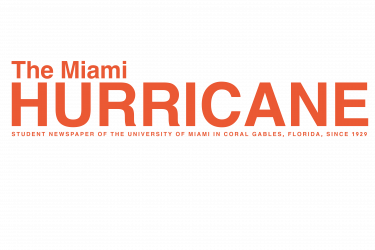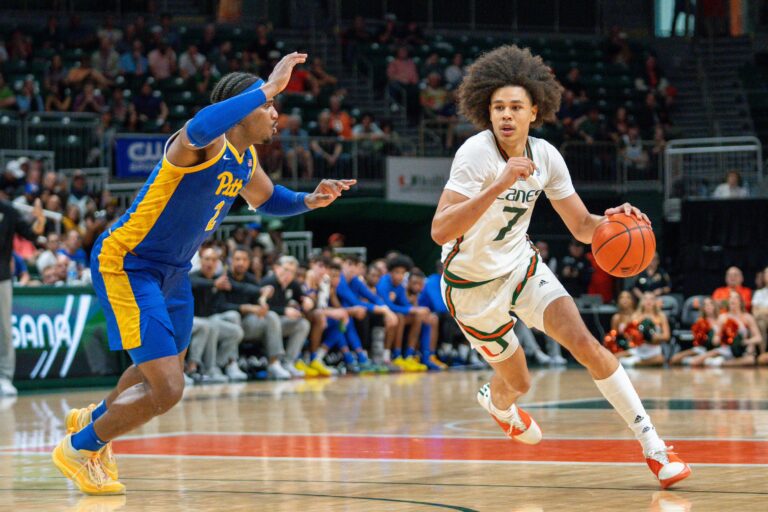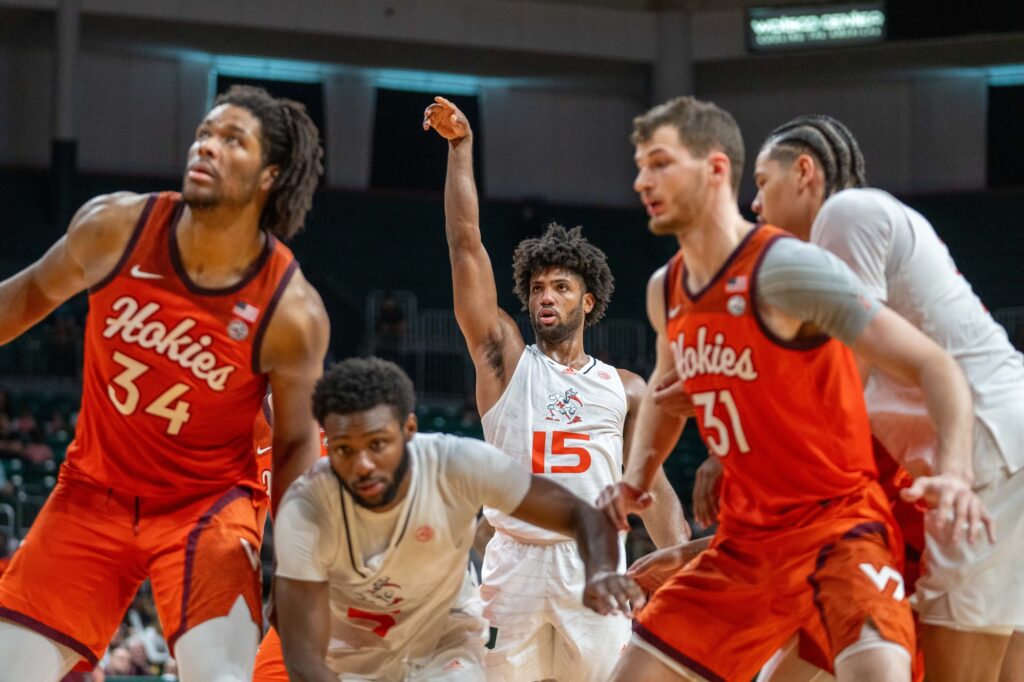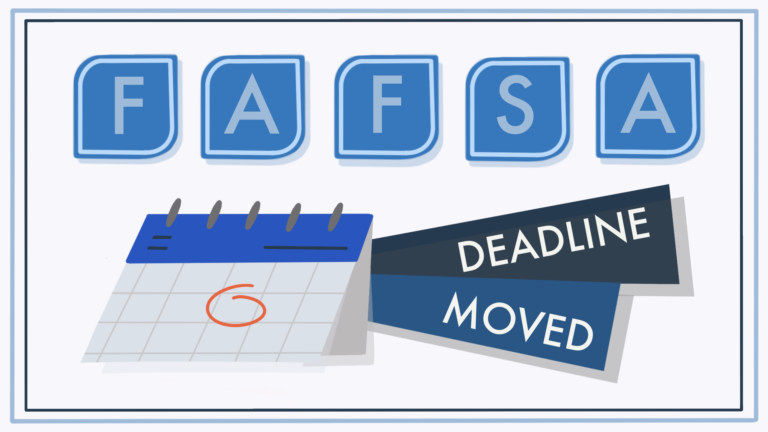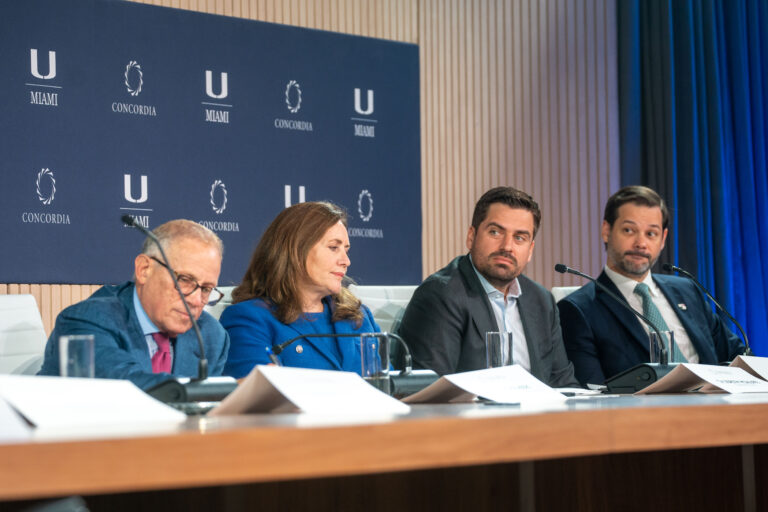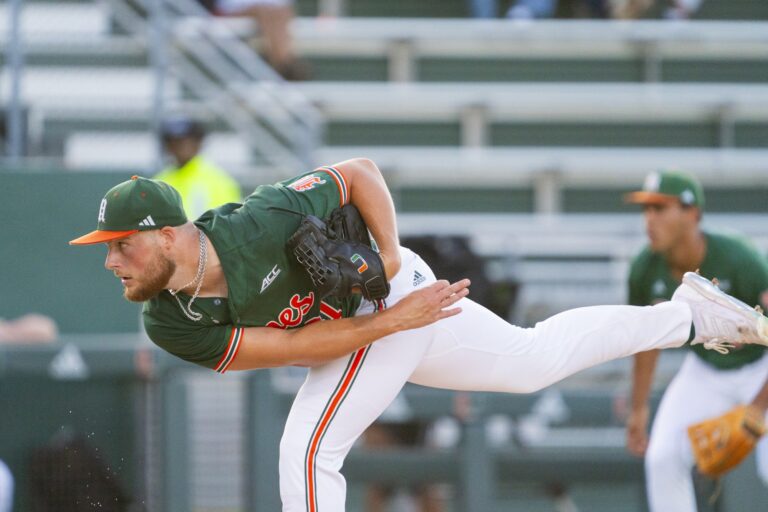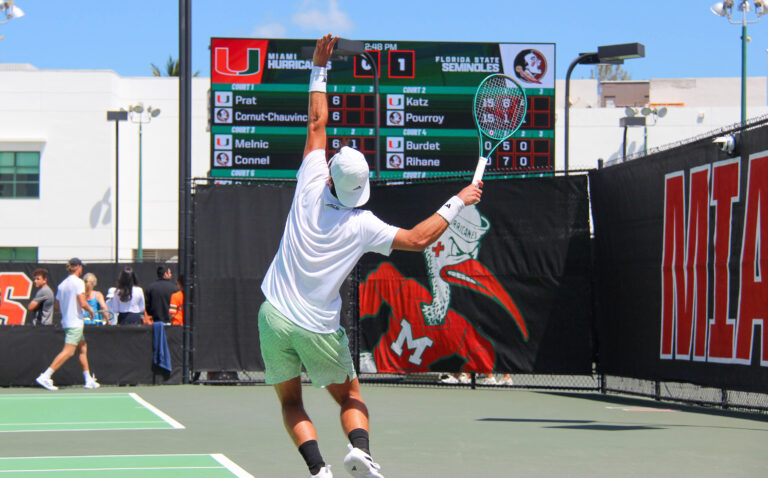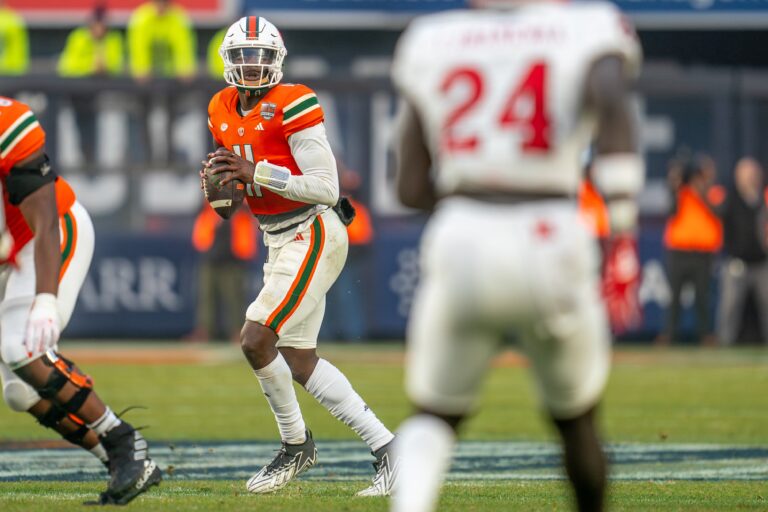With a rough start from Rafe Schlesinger and early offensive struggles, Miami quickly found itself in a 9-0 hole. By then, it was too little, too late, as Georgia Tech cruised to an easy 9-4 victory, evening the series with the Hurricanes on Saturday afternoon.
Cam Jones, Georgia Tech’s Saturday starter and everyday first baseman, was outstanding on the mound and at the plate and was a significant factor in the Yellow Jackets’ success.
More importantly, Jones pitched a complete game on the mound, giving up four runs, six hits, and seven strikeouts. He was cruising early and only gave up one hit through his first five innings, allowing the Jackets to build up a massive lead.
At the plate, Jones was also a significant contributor. Jones was 4-5 with two doubles and an RBI and was the catalyst of the dangerous Georgia Tech lineup that ranks 23rd in the country, scoring just under nine runs a game.
As for Schlesinger, Saturday may have been his worst start of the year as he gave up eight runs in just 4.1 innings pitched. His command was not there as he allowed three walks and two hit batters, but even in the zone, he was getting beat up, allowing eight hits.
On a more positive note, pitcher Chris Diaz was outstanding in relief. Diaz threw three innings with no runs, one hit, and four strikeouts.
After today’s outing, Diaz lowered his ERA to 2.70 and has asserted himself as one of the ‘Canes top relievers who coach J.D. Arteaga is likely to turn to more in high-leverage situations as the end of the year approaches.
The Miami offense is struggling in the absence of Jason Torres, who is out with an injury and being carried by Daniel Cuvet. Cuvet has now homered in both games to open up the series in Atlanta, but today, it was not enough to keep up with the Jackets.
Aside from Cuvet, the UM offense had just three hits on Saturday and could never mount a big rally. Even when it scored late, it came on solo home runs and advancing runners, which never gave Georgia Tech a scare.
Heading into Sunday, Miami looks to avoid its sixth straight series loss, hoping to steer the ship in the right direction as the conference tournament lurks right around the corner.
Coming off of a solid start against Louisville last weekend, Herick Hernandez looks to have more success and be the spark Miami needs to take the rubber match.





